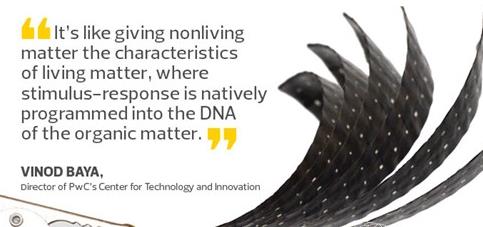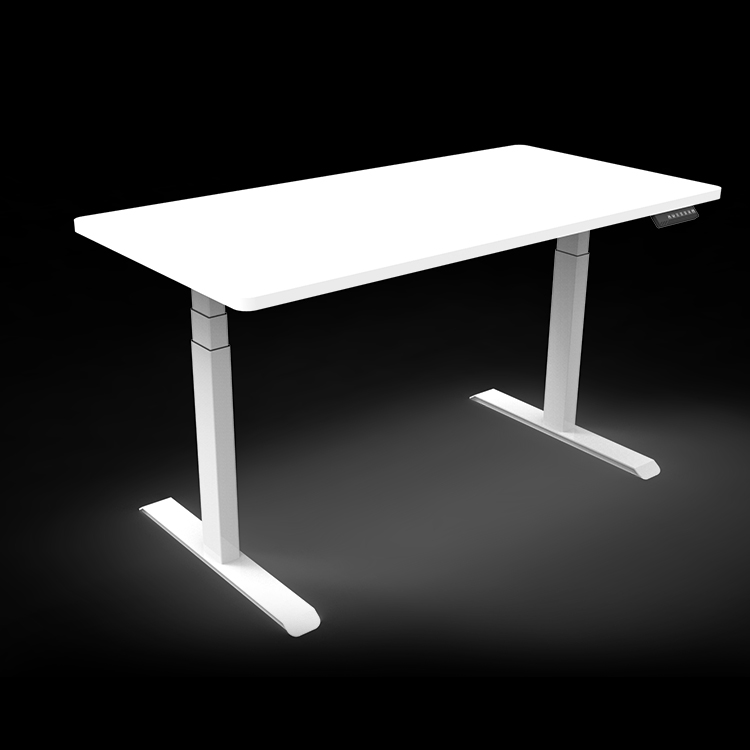Recently, researchers at Harvard University used natural resources to 3D print out objects that can move independently in water. It is reported that the researchers use 3D printing to move to 4D by using moisture-absorbing ink to absorb moisture. The objects generated by this ink can imitate the shape of flowers, petals, and leaves, and move and generate stress responses.
According to 3D Tiger, this research was jointly completed by Professor Jennifer A. Lewis, Professor HansjrgWyss, and Research Assistant A. Sydney Gladman, of the Wess Institute of Biological Inspiration Engineering at Harvard University. In the research, the choice of hygroscopic ink plays a crucial role in the final success.
Previously, researchers used a variety of materials or induced movements through magnetic fields to achieve simple shape changes. Now, the Harvard team's method allows them to arrange cellulose fibers in the ink. Their latest project involves 3D printing convertible tissue engineering scaffolds, which can support cell growth. At this stage, water is the best medium, because biomedical and tissue engineering applications also use hydration.

Subsequently, the researchers will conduct a series of experiments on the ink, including reversible shape changes, light and pH level response. At the same time, the researchers also studied materials with biocompatibility and conductivity, and proved the temperature reversibility of the system by introducing thermoreversible monomers.
In addition, Professor Lewis' laboratory has set up a 3D printer that uses G-code programming to print the architecture in about 10 minutes. "By changing the 3D printing path, we were able to create architectures with various shape changes," Gladman said. 3D printing inks are hydrogels embedded with rigid cellulose fibrils. By placing fine cellulose on a 3D printing bed, there is enough room to expand to immerse it in water, which allows scientists to control the changes in shape.
Currently, the latest frontier in the development of 4D printing is the printing of tissues and organs in a laboratory environment. "Before 4D printing becomes mainstream, researchers must improve their ability to accurately control responses, develop standards, performance certification, and regulatory policies," said VinodBaya, director of the PwC Technology and Innovation Center. 
Editor in charge: Liu Qingqing
Diversification of working postures is very important to your health. Sitting and standing alternate posture office work is becoming more and more popular, and height adjuatble table has also become very popular.
The Ergonomic Desk makes you no longer sit in the same position for several hours. This diverse office posture can also increase creativity, energy, concentration, and even increase calorie burn.
The Electric Standing Desk has a control panel with 4 memory keys allowing users to save the settings of 4 preset heights, and there is also a USB charging port, which is convenient for charging your electronic products.

Electric adjustable table,Adjustable Height table,adjustable office table,adjustable computer table
Suzhou Uplift Intelligent Technology Co., Ltd , https://www.up-lifting.com